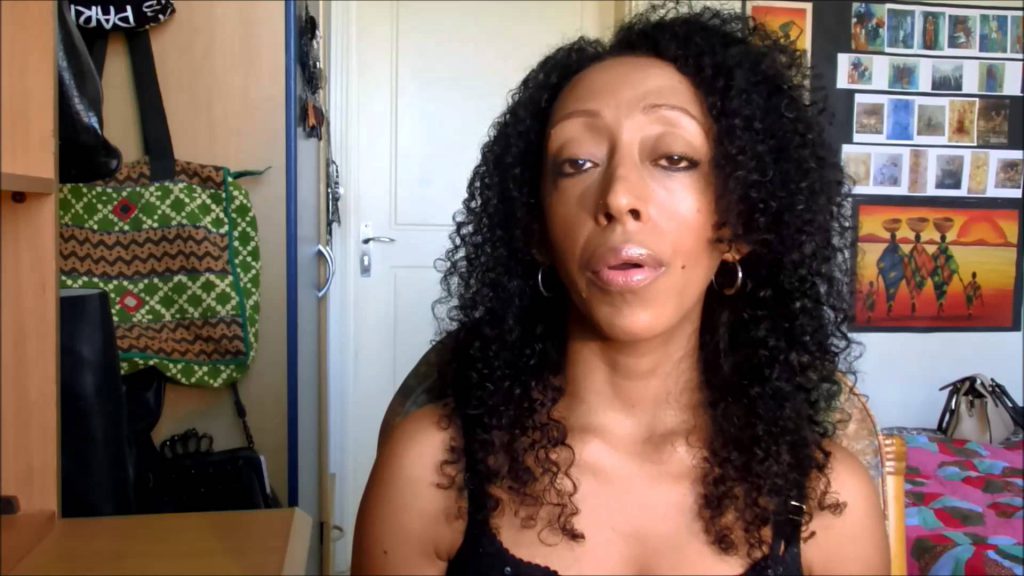How Long Will It Take to Recover From Traction Alopecia?
People who suffer from traction alopecia or other forms of hair loss commonly want to know how long the recovery time is until their hair begins to grow. Traction alopecia is different from other forms of alopecia as it is brought on by physical actions placing tension on hair follicles. In other words, you develop traction alopecia after you have pulled your hair constantly.
The pulling is commonly a result of a hair styling process or routine. Additionally, hair extensions have also been known to cause traction alopecia and those women who often wear extensions are at the highest risk of developing the condition.
Hair loss caused by traction alopecia generally begins at the front hair line, but can also occur at the crown of the head or in the form of generalized thinning of the hair. Much like other hair loss forms this condition can cause the sufferer to have a reduced lack of self confidence. The hair loss in other assorted areas of the head can significantly reduce the number of hair styles that can be used; thus creating more stress.
The good news is that you can re-grow the hair you lose from traction alopecia. However, before choosing surgery as the treatment plan, it is suggested that you first allow your hair a chance to grow back naturally. The process will certainly require patience, time, and caring for your hair but the end results will be well worth the effort. Traction alopecia recovery times can range from just a couple months to years. Recovery time will directly depend on the degree of damage caused and the length of time the abuse lasted for.
Whether you like it or not, during traction alopecia recovery times you will have to avoid the hair styles that caused the damage in the first place. Regardless how many articles you read that claim extensions or braids are okay as long as they are not tight on the scalp, don’t listen to this advice. The weight alone from the additional hair will cause additional stress to hair shafts that are already weak and aggravate follicles that are already sore. Hair extensions and braids that are fitted can lead to scalp inflammation. The inflammation alone symbolizes the scalp is stressed. So, it is in your best bet to avoid all activities that further stress the hair follicles and scalp. However, there are a couple things you can do to speed your scalp’s healing process up.
First, you need to halt the application of damaging chemicals such as colorants and relaxers. For example, relaxers are used to permanently straighten hair that is naturally curly. The chief reason hair is curly is due to the keratin products that make up the hair contain amino acids referred to as cysteines. The cysteines link each other by disulfide bonds as two sulfur atoms connect to each other. The more disulfide bonds contained in the hair, the curlier the hair will be.
Relaxers simply go in and dissolve the disulfide bonds and cap them so they cannot reform chemically. Commonly, relaxers use a base or reducer like lye (sodium hydroxide) to break up and cap the bonds. Sodium hydroxide in itself is a very strong chemical that can damage your hair or burn your skin. Even if a commercial relaxer is considered safer and gentler, they still use the same chemical reaction to break the disulfide bonds and cap them. When a scalp is affected by traction alopecia, it contains follicles that are damaged and may be inflamed already. Applying a relaxer to a scalp like this will only further aggravate the situation as it will burn and irritate skin exposed from missing patches of hair; thus prolonging your recovery time. You are not recommended to relax your hair until it completely grows out again.
Nutrition and diet play important roles in recovery as well. Eating foods rich in proteins, vitamins, and minerals such as fruits and vegetables will also help start the biological healing process. It may also be in your best interest to begin taking supplements to make sure you are receiving nutrients essential for hair growth. You can always choose a supplement specifically for hair growth. Many of the vitamins made specifically for hair contain 200mg of Biotin and other nutrients such as magnesium, iron, zinc, and selenium. In particular, biotin is great for increasing the length of time your hair remains in the growth phase which will also keep your follicles actively producing hair.
Protein, however, should be of the utmost importance to you. In fact, lean sources of protein almost always contain vitamins essential for hair growth. However, most importantly your hair is created for protein which makes it essential for the production of keratin. Easy ways of increasing protein intake is by consuming protein cookies, shakes, and bars.
In conclusion, to reduce the recovery time for traction alopecia you should begin by quitting the hair styles that stress your hair follicles out the most; you only want to wear hair styles that do not apply any tension at all to your hair. Additionally, refrain from applying chemical relaxers and colorants to your hair. Finally, make sure your hair follicles are being nourished from inside the body by consuming proper amounts of vitamins, minerals, and protein. If you cannot consume these essential items naturally, then you should begin a supplement regimen that offers them for you.
How Long Will It Take to Recover From Traction Alopecia? by Danielle McLoughlin




